- Home
- Articles
- Architectural Portfolio
- Architectral Presentation
- Inspirational Stories
- Architecture News
- Visualization
- BIM Industry
- Facade Design
- Parametric Design
- Career
- Landscape Architecture
- Construction
- Artificial Intelligence
- Sketching
- Design Softwares
- Diagrams
- Writing
- Architectural Tips
- Sustainability
- Courses
- Concept
- Technology
- History & Heritage
- Future of Architecture
- Guides & How-To
- Art & Culture
- Projects
- Interior Design
- Competitions
- Jobs
- Store
- Tools
- More
- Home
- Articles
- Architectural Portfolio
- Architectral Presentation
- Inspirational Stories
- Architecture News
- Visualization
- BIM Industry
- Facade Design
- Parametric Design
- Career
- Landscape Architecture
- Construction
- Artificial Intelligence
- Sketching
- Design Softwares
- Diagrams
- Writing
- Architectural Tips
- Sustainability
- Courses
- Concept
- Technology
- History & Heritage
- Future of Architecture
- Guides & How-To
- Art & Culture
- Projects
- Interior Design
- Competitions
- Jobs
- Store
- Tools
- More
How to Identify When It’s Time to Replace Your Roof?

Your roof protects everything beneath it, yet most homeowners don’t think about it until problems appear. From cracked shingles to rising energy bills, early warning signs often go unnoticed. Knowing when it’s time to replace your roof can save you from costly repairs later. Let’s look at the key indicators worth watching.
Table of Contents
ToggleVisible Damage and Wear
When you start noticing missing or cracked shingles, that’s your roof’s way of telling you something’s wrong. A few missing pieces may seem insignificant, but they can allow water in and cause more extensive damage over time. Cracked shingles also expose the material underneath, making your roof far less weather-resistant than it should be.
According to veteran Minnesota roofers, curling shingles are another clear signal that your roof is struggling. This occurs when moisture seeps in or when your roof has reached the end of its lifespan. Curled edges can lift in the wind, allowing rain to get underneath and rot the structure. It’s not something you can safely ignore for long.
A sagging roofline or dip in structure usually points to a bigger problem. This often means the decking beneath the shingles has weakened or the support beams have been compromised. Once a roof starts to sag, it’s not just an appearance issue—it’s a structural warning that shouldn’t be overlooked.
Granules in your gutters may look harmless, but they’re actually pieces of your shingles wearing away. Those tiny bits protect the asphalt from sunlight and weather. When they’re gone, the roof becomes brittle and ages faster. Seeing dark streaks, moss, or algae on top is another sign of trapped moisture and poor drainage.

Frequent Leaks or Water Damage
Water stains on ceilings and walls often appear long after the damage starts. They can look like small yellow rings or dark blotches, but behind that surface stain, there’s a slow leak eating away at insulation and drywall. The sooner you find the source, the less extensive the repairs will be.
If you notice damp attic insulation or visible moisture on rafters, that’s another major sign. It shows that water is sneaking in from somewhere above, and once insulation gets wet, it loses its effectiveness. That means your energy efficiency drops, and mold growth becomes a serious risk inside your home.
Mold and mildew forming in your attic or upper walls are never just about humidity. They often point to roof leaks, letting moisture accumulate where it shouldn’t. The smell alone can be unpleasant, but the real concern is the health impact and long-term damage to your home’s air quality and structure.
When leaks keep recurring after repairs, it’s usually a sign that the issue is no longer minor. You might be patching symptoms instead of solving the root problem. Continuous leaking can indicate that the roofing materials or underlayment have degraded beyond repair, and at that point, replacement becomes the more prudent investment.
Age of the Roof
Roofs have a lifespan, and most materials are designed to last between 20 and 25 years. If yours is reaching that milestone, it’s time to pay attention. Even if it looks fine from the ground, years of exposure to sun, wind, and rain take a toll you can’t always see right away.
Older roofs require more frequent inspections because minor problems escalate faster. Tiny cracks or lifted shingles can allow moisture to seep in, spreading quietly beneath the surface. By the time you notice damage indoors, it might already be widespread. Staying proactive with inspections can help avoid those last-minute, expensive surprises.
Roofing technology has also evolved, which means newer materials perform better and last longer. If your roof still relies on outdated shingles or underlayment, you could be missing out on better protection and improved insulation. Upgrading to modern materials isn’t just about aesthetics—it’s about long-term savings and security for your home.
Even when your roof isn’t leaking, signs of aging like curling, fading, or brittleness indicate it’s nearing retirement. A roof doesn’t have to fail catastrophically to warrant replacement. Sometimes, replacing it before the damage escalates is the best way to protect both your property and your wallet.
Rising Energy Bills
When your energy bills start creeping up for no clear reason, your roof might be the culprit. A damaged or poorly insulated roof allows heat to escape during winter and traps it during summer. That forces your HVAC system to work harder, and the added energy consumption is reflected on your monthly statement.
Poor insulation or hidden gaps can cause uncomfortable temperature swings throughout your home. You might notice that one room feels cooler while another stays stuffy, even though the thermostat reads the same. That uneven comfort level is often a sign that your roof ventilation isn’t doing its job anymore.
A roof that’s no longer airtight can also make your home drafty. Those small leaks may seem insignificant, but they allow outside air and humidity to enter, which affects both comfort and indoor air quality. Instead of just turning up the heat or air conditioning, addressing your roof’s condition can bring lasting relief.

When roof ventilation stops working efficiently, it traps hot air in the attic, which wears down shingles from the inside out. The trapped heat can even warp decking over time. So, if you’re noticing higher bills and inconsistent comfort, it’s worth having your roof assessed before the problem worsens.
Structural Problems
A solid roof depends on the strength of what’s underneath. When the decking starts to warp or feel soft underfoot, it usually means moisture has made its way inside. That weakens the structure and can cause shingles to shift or crack. Over time, this puts stress on your home’s framing and stability.
Rusted flashing or torn underlayment may not seem like a significant issue at first, but they’re crucial for keeping water out. Once they deteriorate, leaks spread fast and often travel far from the original entry point. Fixing those underlying layers early can prevent widespread damage that’s far costlier to repair.
You might also spot sagging between rafters, which is never a good sign. That dip signals that something structural is failing—either the decking, trusses, or the overall support system. The longer it’s left unaddressed, the more weight shifts unevenly, and that can lead to full roof collapse in extreme cases.
Cracks along ridges, joints, or near vents can let in just enough water to rot the materials underneath. You may notice subtle ceiling bulges or damp odors before visible damage becomes apparent. At that point, repairing sections won’t cut it anymore. A full replacement becomes the safer, long-term option for your home.
Wrap Up
Replacing your roof isn’t just about looks—it’s about keeping your home safe, efficient, and structurally sound. The signs are often subtle but important. If you notice damage, leaks, or aging materials, don’t delay. A timely replacement ensures peace of mind and protects your investment for years to come.
Trained as an architect and seasoned in the editorial trenches, I turn raw design concepts into compelling narratives that resonate beyond studio walls. My work spans in-depth project spotlights, interviews with visionary designers, and analysis pieces that distill complex technical data into accessible insights. Whether polishing copy for publication or generating original features, I draw on years of practice to ensure every sentence captures architecture’s rigor, poetry, and cultural impact—inviting professionals and enthusiasts alike to see the built environment through a sharper, more inspired lens.
Submit your architectural projects
Follow these steps for submission your project. Submission FormLatest Posts
Best Practices for Roof Inspections and Maintenance
On most projects, the roof spends decades out of sight while carrying...
Sunny Days, Secure Roof: Simple Steps to Shield Your Home
Your home is more than just a place to live—it’s a sanctuary....
Simple and Stylish Roof Ideas for Homeowners
When designing your home, don’t overlook the roof. It’s essential for both...
Key Qualities to Look For in a Residential Roofing Contractor
Choosing a residential roofing contractor involves careful consideration. The roof is a...







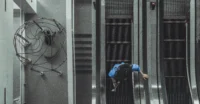
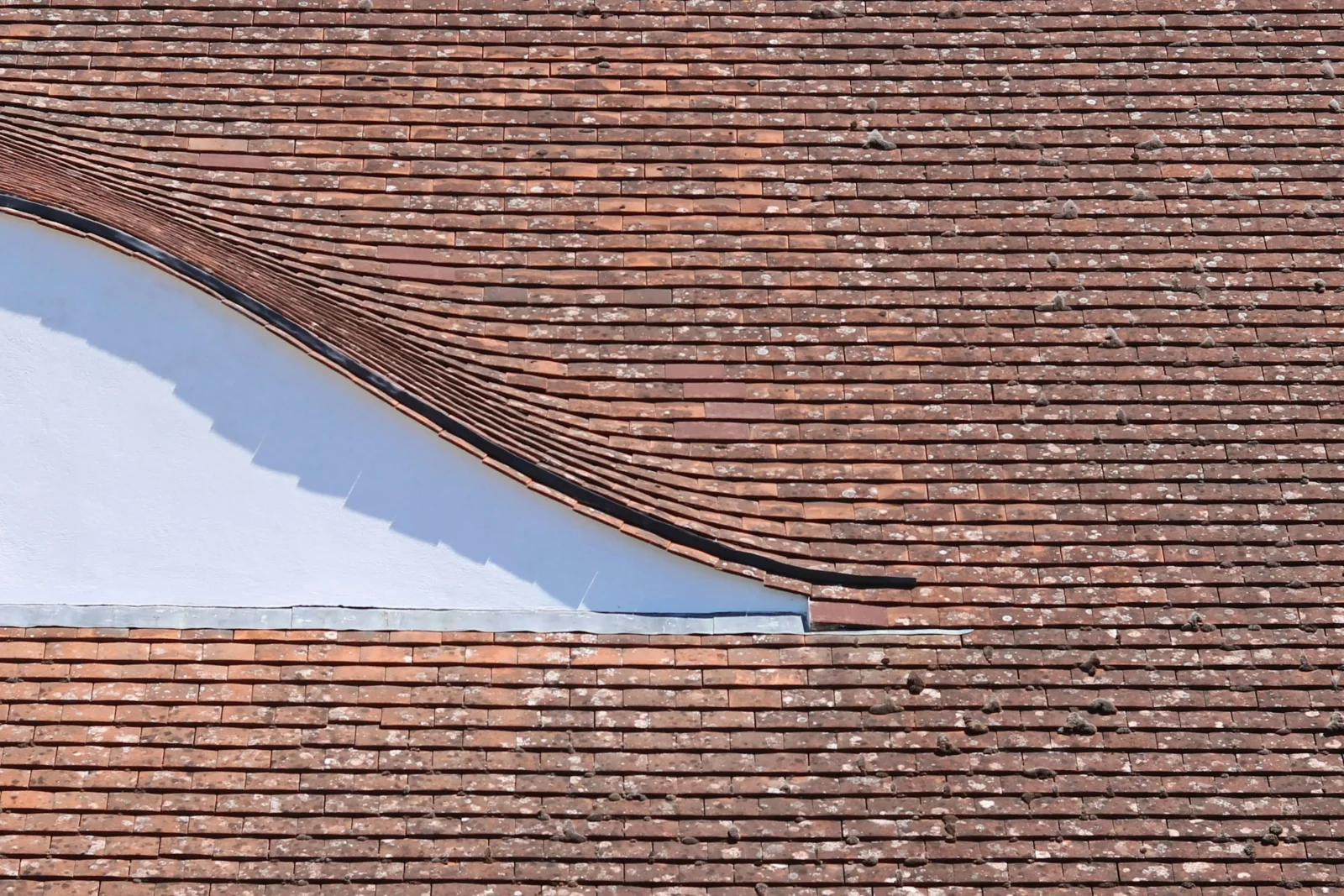
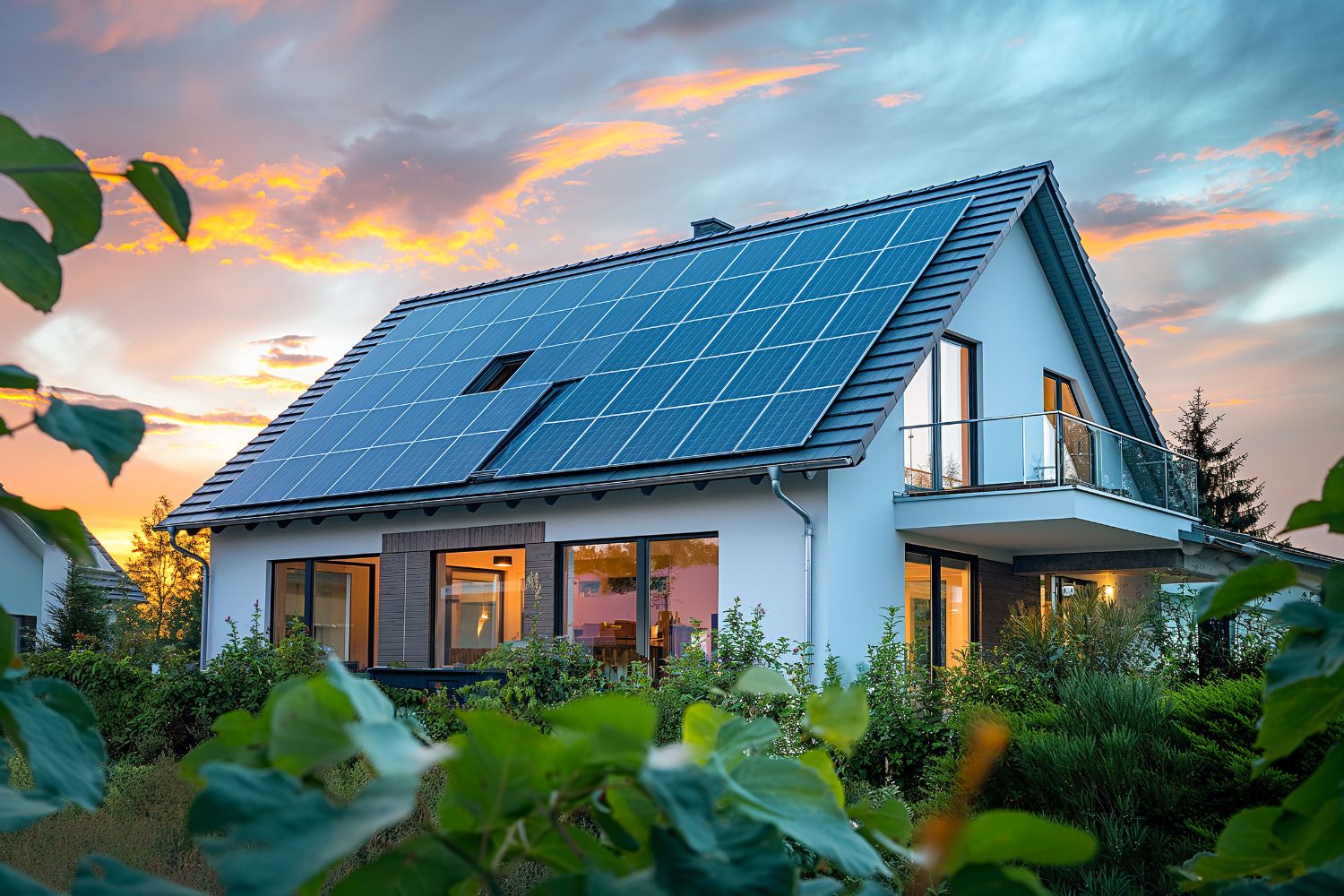
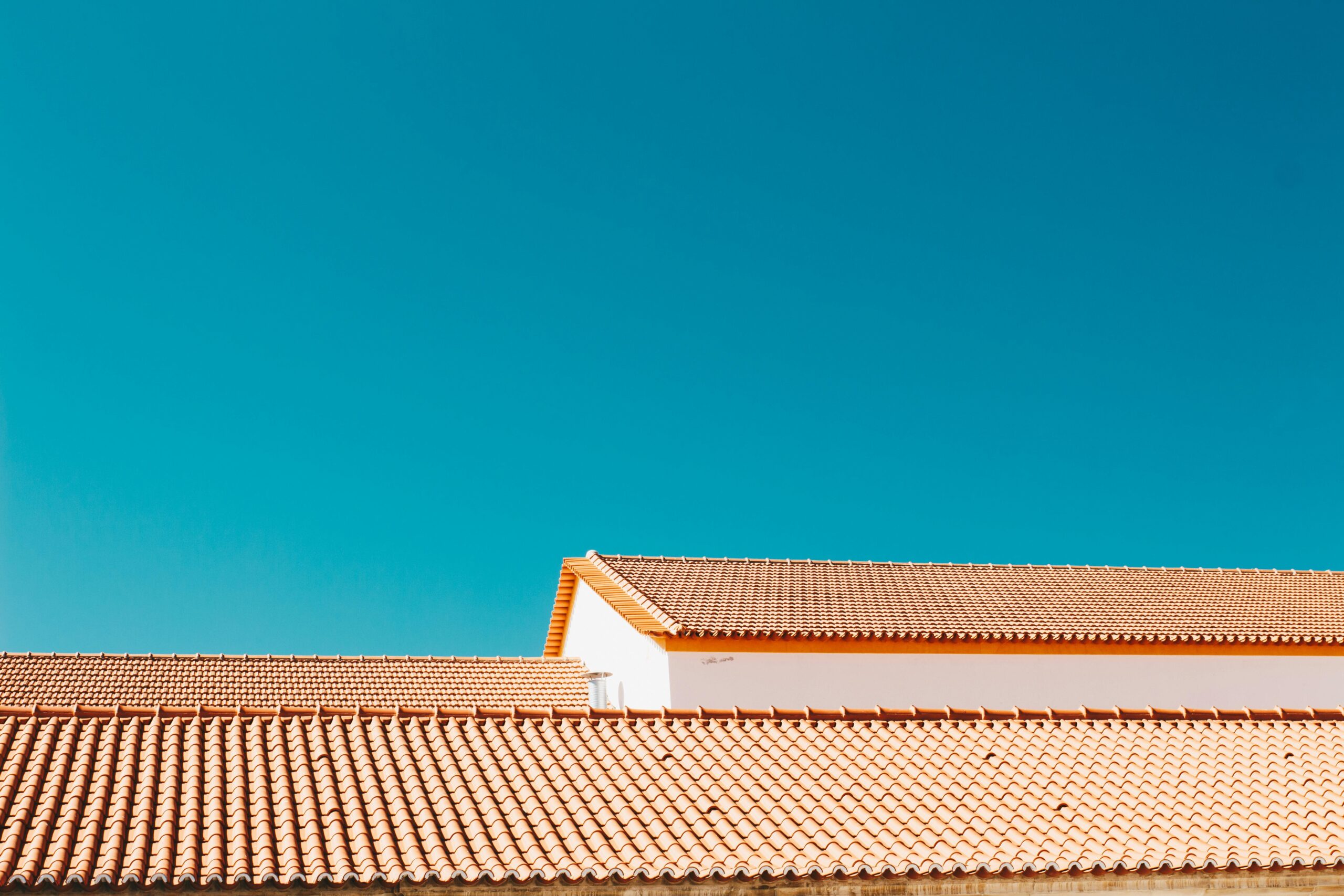
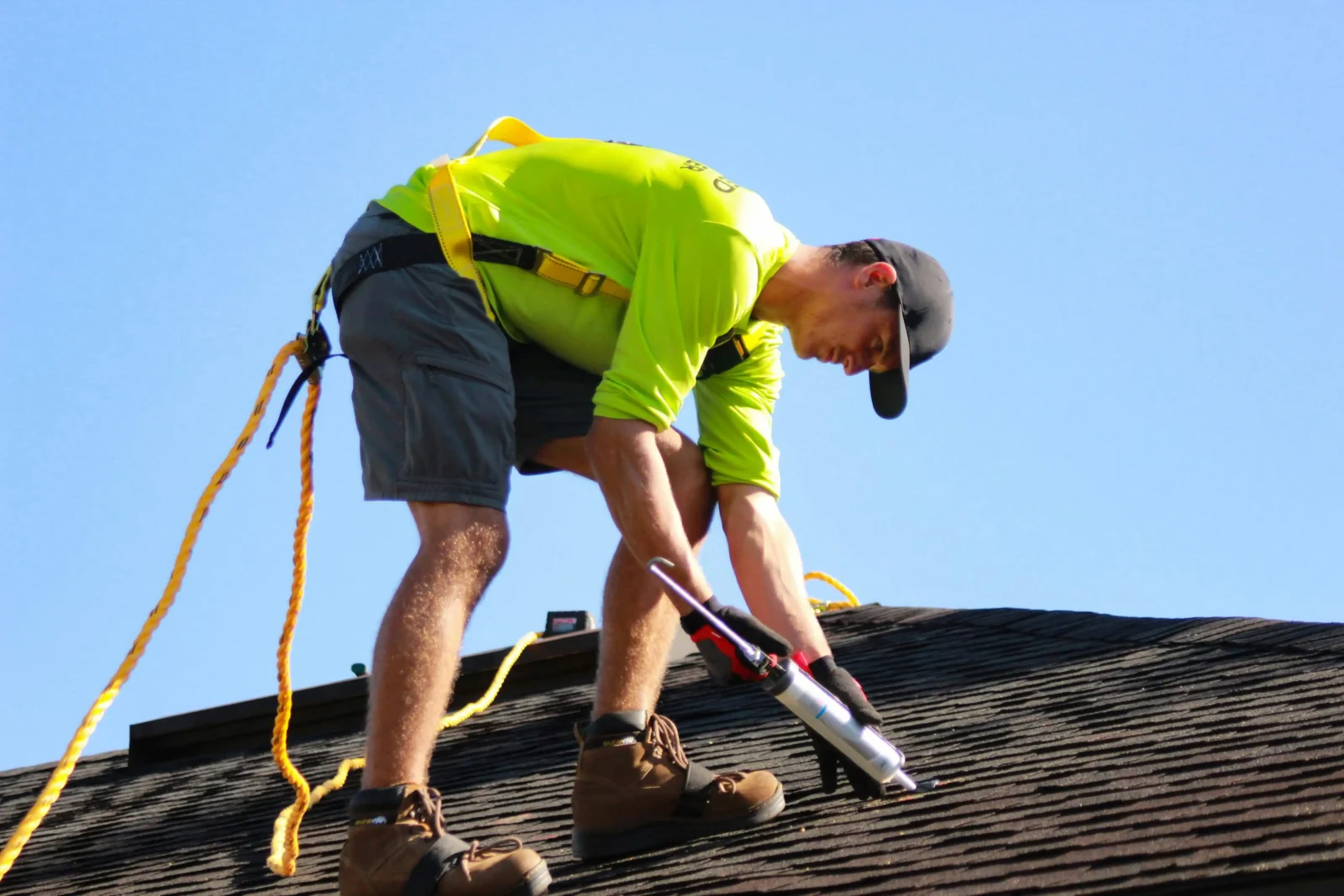
Leave a comment